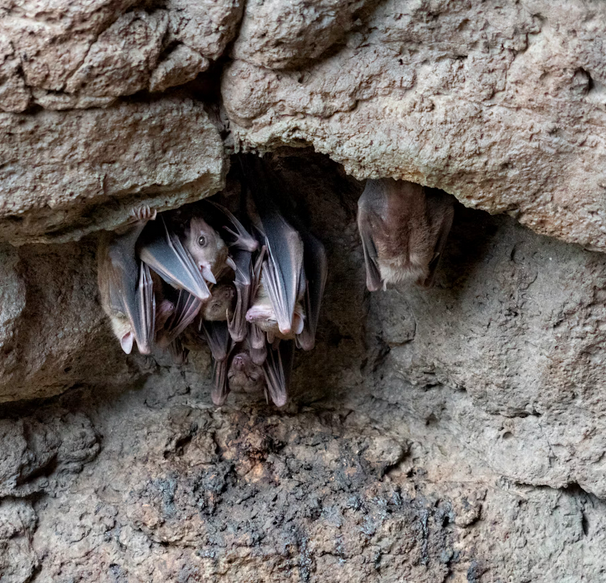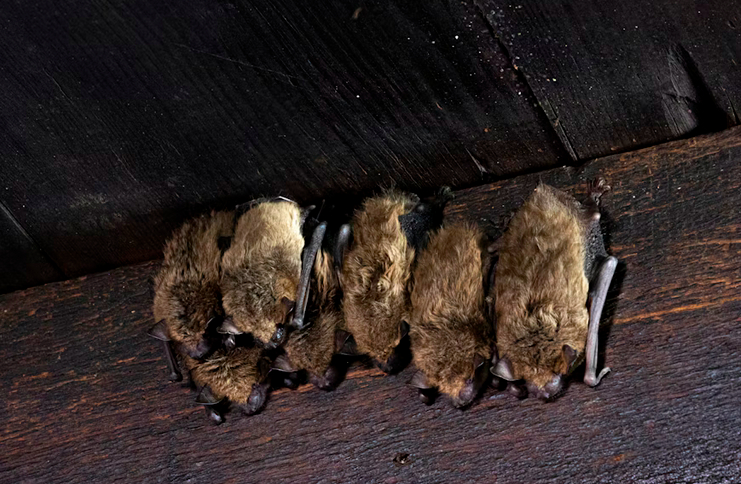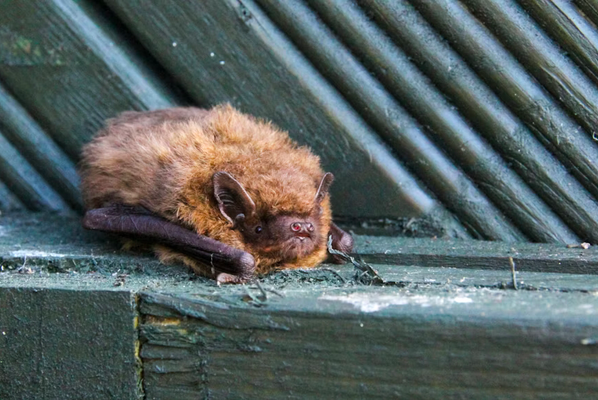Author: Sanuli Wijayasundara
Date: August 5, 2025

Area of Impact:
Atlantic Canada
Article Information and Location:
CWHC monitoring bat populations in Atlantic Canada
Kathleen Burghardt and Darrian Washinger, Atlantic Veterinary College, Jul 10, 2024
INTRODUCTION
As summer arrived in Atlantic Canada, the Canadian Wildlife Health Cooperative (CWHC) team is attempting to find the Northern Myotis bats in forested areas in Prince Edward Island (PEI). These nocturnal creatures, along with Little Brown Myotis and Tri-colored Bats, once a common sight in Canada, are now facing a grave threat of extinction from white-nose syndrome (WNS), a deadly fungal disease that has devastated bat populations across North America. The Canadian Wildlife Health Cooperative (CWHC) at the Atlantic Veterinary College is working tirelessly to monitor and protect these endangered bats. As sightings become rarer and the risk of local extinction looms, the effort to track and conserve these bats has never been more critical, highlighting the urgent need for collective action to safeguard our vulnerable wildlife.

INFORMATION AND SIGNIFICANCE
The three species together faced a mass decline of 90%. However, of the three species, the Northern Myotis bat faces the highest decline rate at about 99%. Furthermore, during a study by Balzer et al. (2021), it was found that no Northern Myotis bats were found. Hence, CWHC is prioritizing the Northern Myotis. In response, the Canadian Wildlife Health Cooperative (CWHC) at the Atlantic Veterinary College has joined forces with the Government of Prince Edward Island to monitor and protect this endangered species.
This summer, the CWHC team is deploying bat acoustic detectors and trail cameras across Prince Edward Island’s forests to track the Northern Myotis. Their goal is to gather vital data that will inform future conservation efforts and habitat protection strategies. This initiative is supported by the PEI Forested Landscape Priority Place for Species at Risk, underscoring the importance of collaboration in safeguarding these vulnerable bats.

CONCLUSION
Community involvement plays a crucial role in this conservation effort. The CWHC Atlantic Bat Hotline invites residents to report bat sightings and assist with local bat conservation initiatives. By taking small actions, such as building bat houses or protecting habitats, individuals can contribute to the survival of the Northern Myotis and help ensure these nocturnal creatures continue to thrive in Atlantic Canada.


Leave a Reply